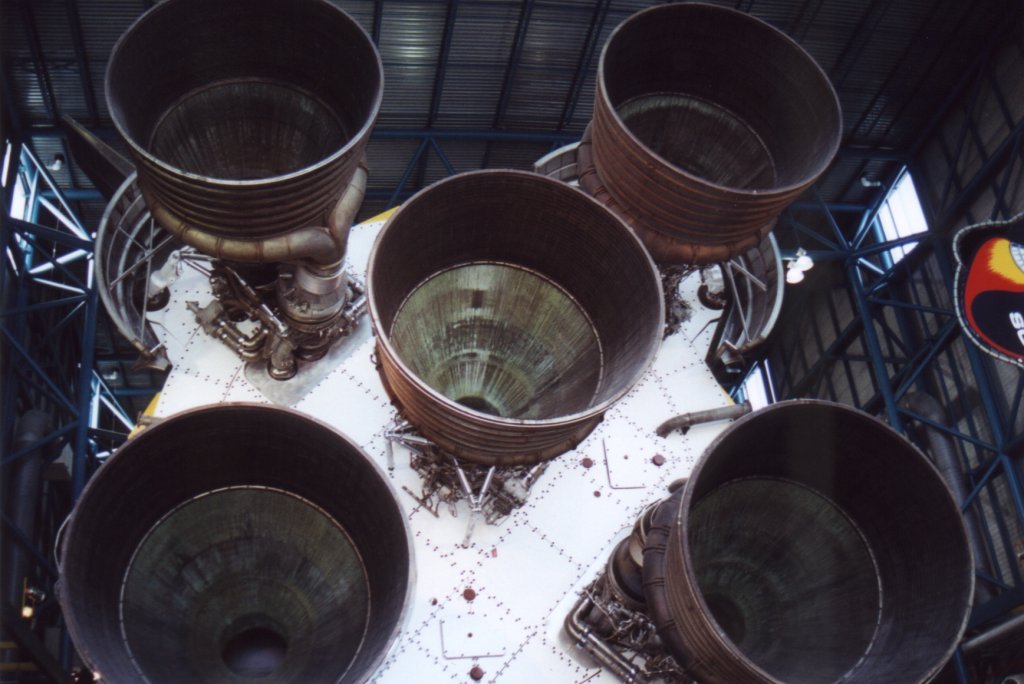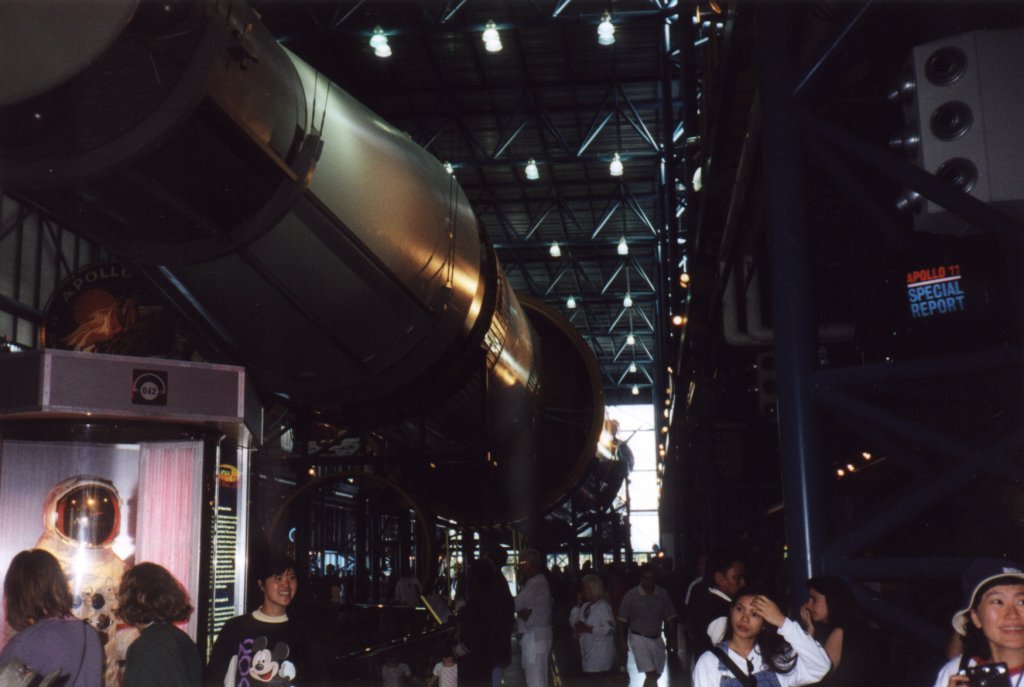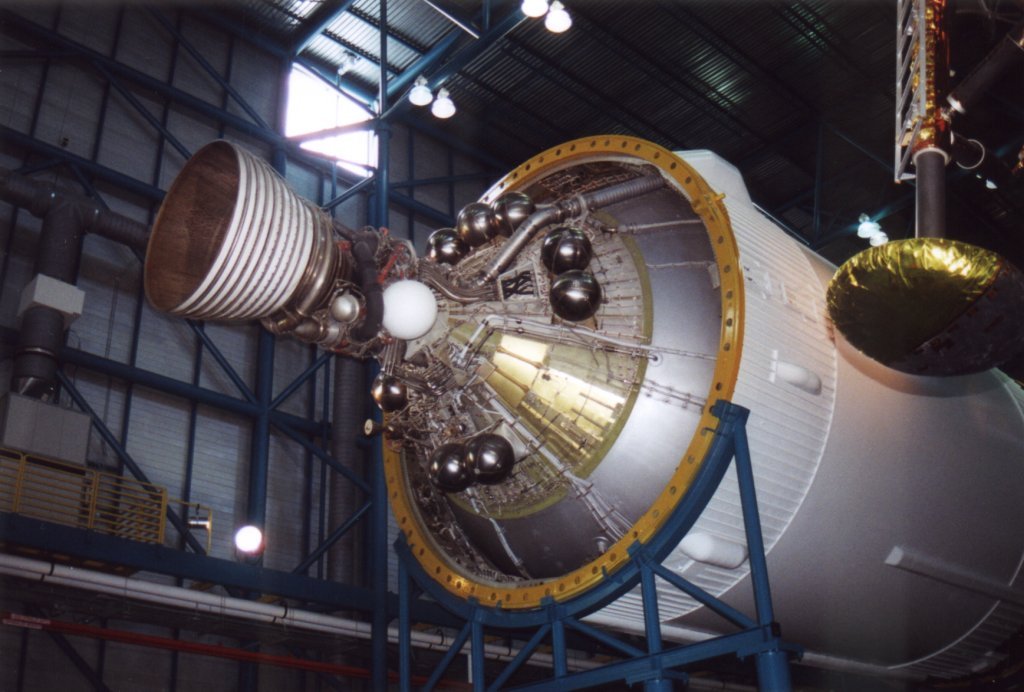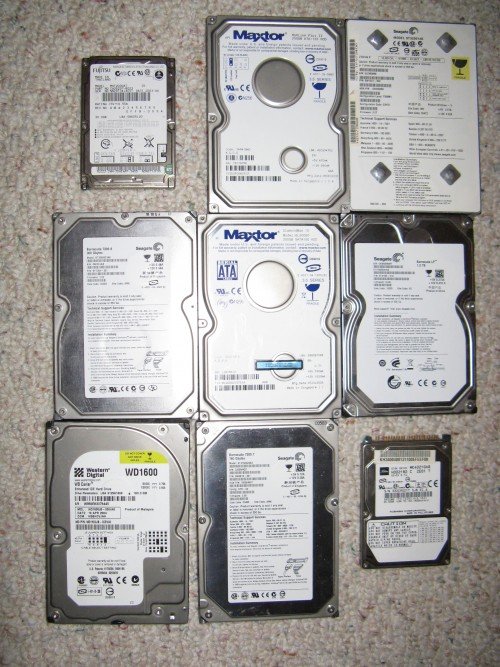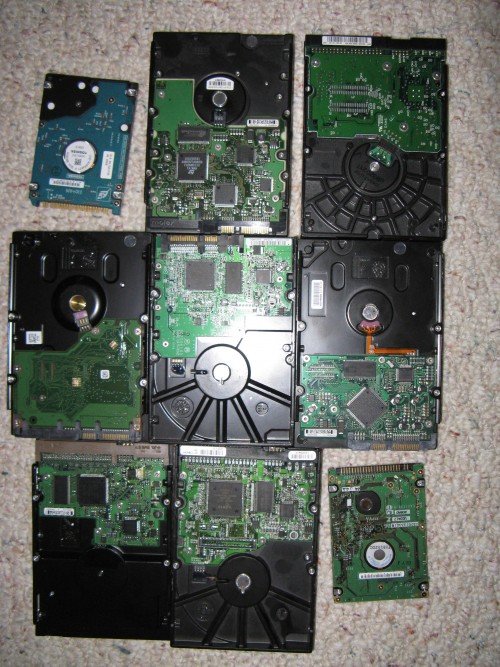
Once nice thing about living along the Space Coast is the ability to walk out my front door and see launches from the Kennedy Space Center and Cape Canaveral Air Force Station. Lately this includes Space X Falcon 9 launches, Atlas V launches and Delta 4 launches. It used to also include Space Shuttle launches.
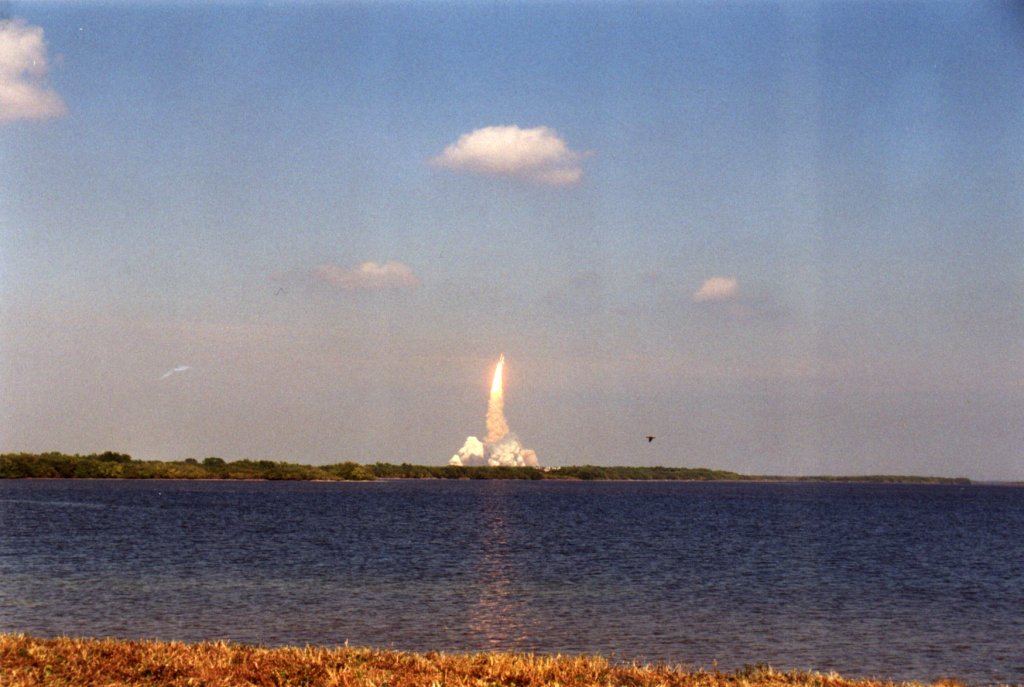
Even though I live close enough to get a decent view of the launches, I’ve still gone to KSC property on a couple of occasions to see them close up. One such time was in February 2000 when I watched the launch of Space Shuttle Endeavour for the STS-99 mission. Buying the launch viewing opportunity ticket gets you as close as you get get to the Launch Pad 39 complex as a member of the public, which is still a few miles away.
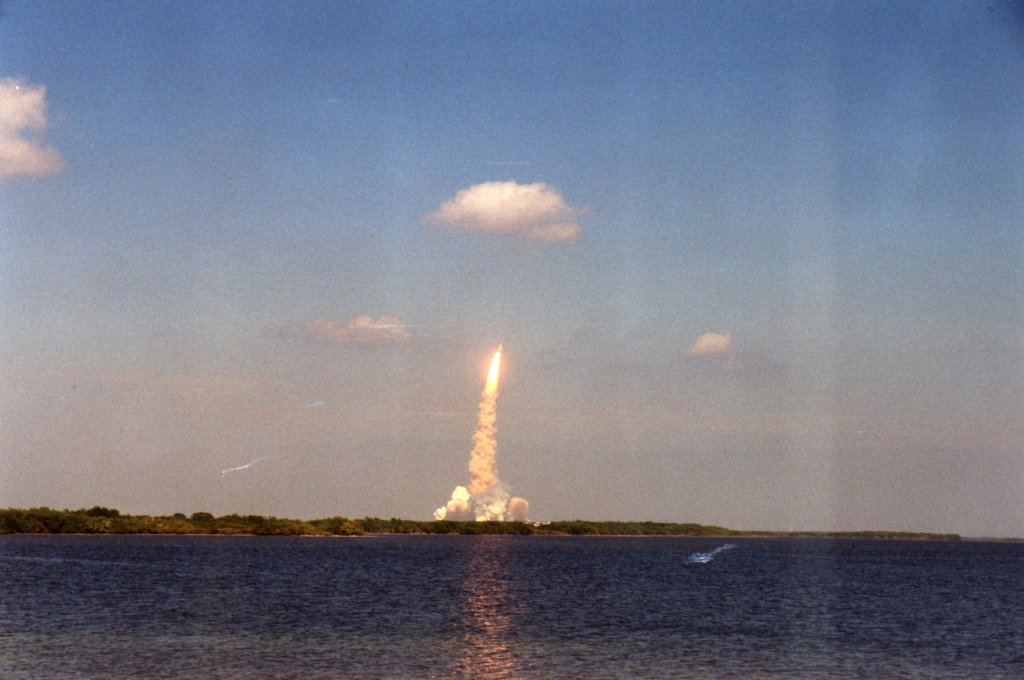
Human space flight is still rare enough that most launches are still historic in some way. In the case of this Endeavour launch, it was the last launch of Endeavour that was not an International Space Station dedicated mission. It was also the last flight of Endeavour to use the original Space Shuttle cockpit layout before being upgraded to the glass cockpit.
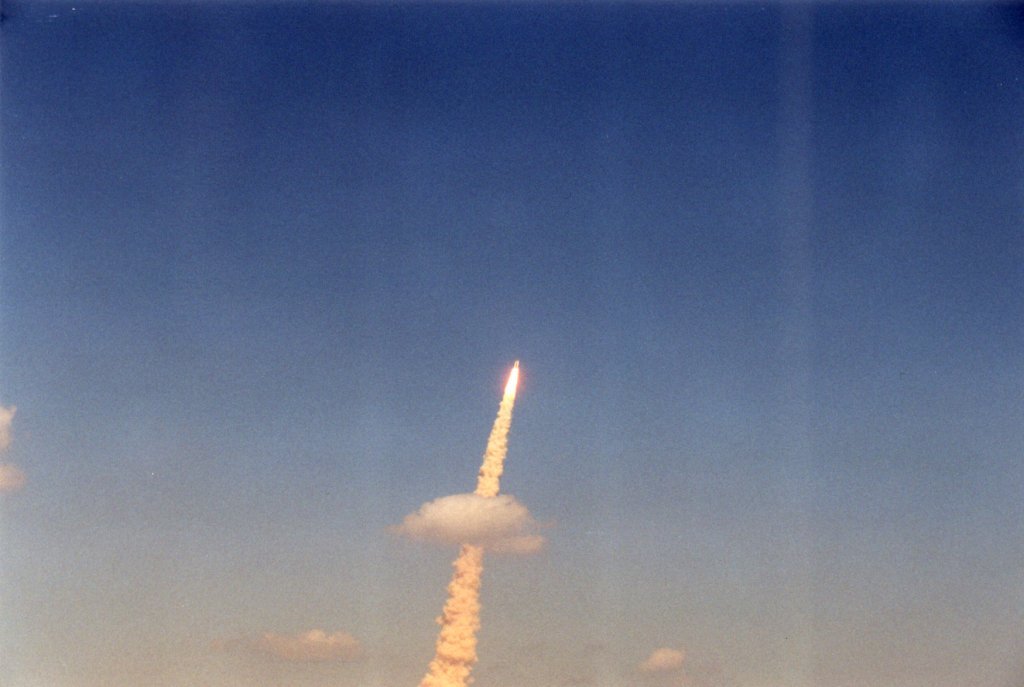
The mission itself was the Shuttle Radar Topography Mission (SRTM). The purpose was to create the most complete and high resolution digital topographic database of the Earth. A specially modified C-band and X-band interferometric synthetic aperture radar (IFSAR) was used to complete this task and the 11-day mission was a success, generating over 8 terabytes of data.

One of the bad things about buying the viewing ticket is that you have to come back when ever a launch is scrubbed and this happens often. The ticket is good for that particular mission so whenever it finally launches, no matter how long it is ultimately delayed, the ticket is still good for that launch. It’s just a matter of you being available which may be difficult if you were here on vacation. This particular mission was scrubbed twice and ended up launching 11 days later than planned. Fortunately, these were not lat minute cancellations so at least I had several hours notice and didn’t have to drive out there and back. This is not always hte case.

At any rate, the experience is well worth it. I recommend waiting until the Falcon Heavy launches or perhaps even NASA’s new Space Launch System but if you are in the area and there happens to be a launch of any kind, get tickets if you can and if not, you can still get pretty close along the beach nearby.
